The worlds of wine and gastronomy are constantly evolving. However, certain figures and places leave lasting impressions. They push boundaries, set new standards, and create experiences that resonate. From the Chianti Classico…
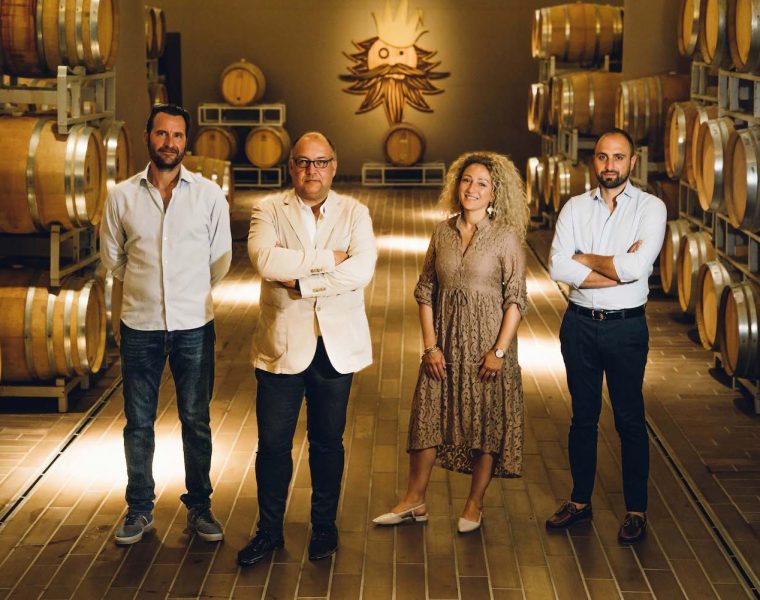

The worlds of wine and gastronomy are constantly evolving. However, certain figures and places leave lasting impressions. They push boundaries, set new standards, and create experiences that resonate. From the Chianti Classico…
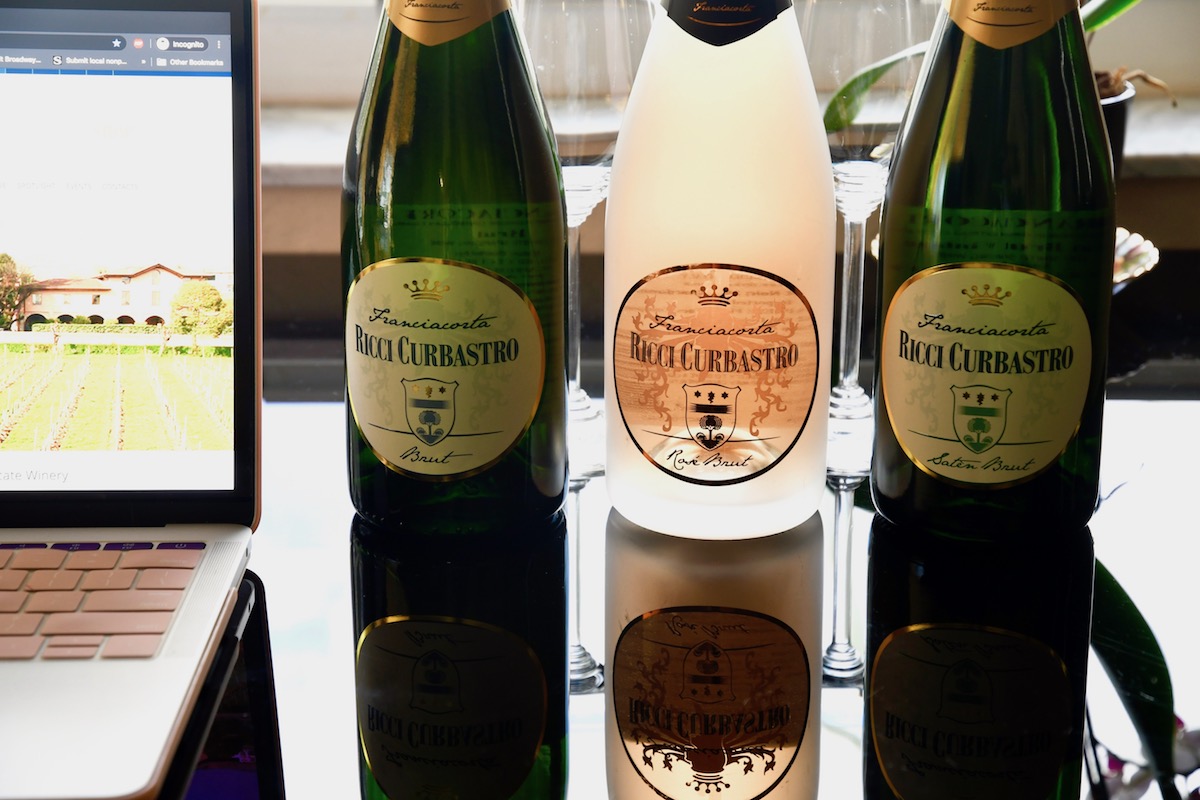
Here’s a recap of the Ricci Curbastro Guided Wine Tasting seminar led by wine expert, Lyn Farmer and presented by World Wine Web Masterclass.
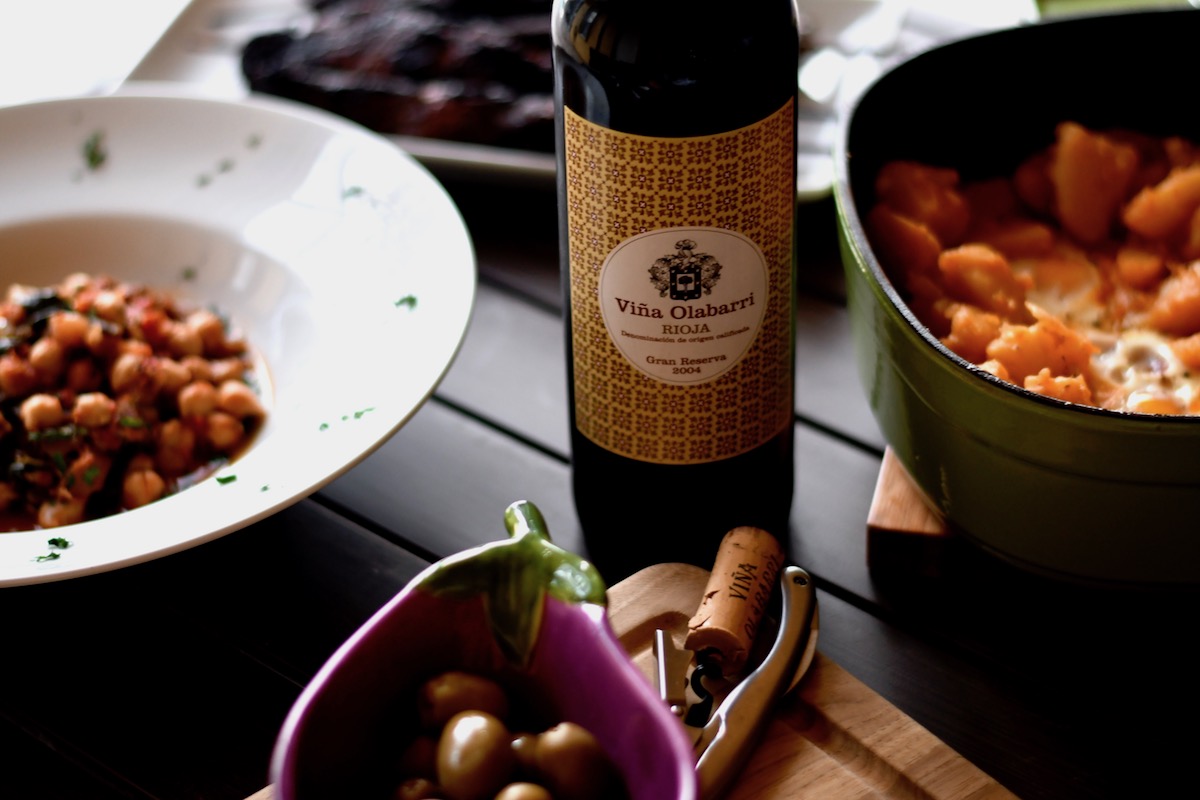
Check out two easy Spanish tapas recipes and some insight about a Rioja Tempranillo wine and preparing for test time.
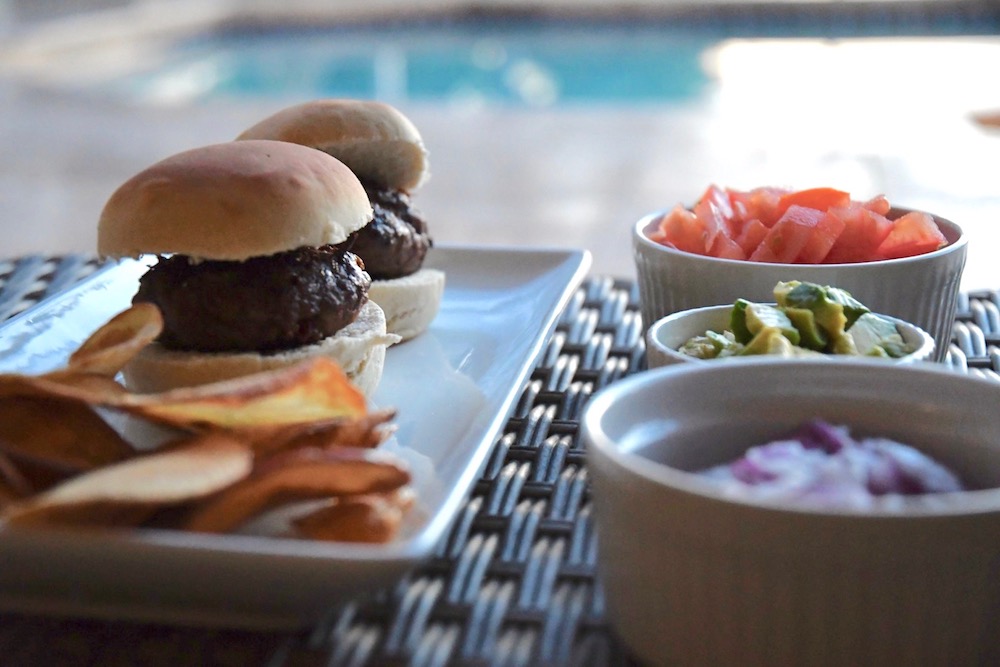
Satisfy your beef cravings with these two classic, beefy recipes: Hamburgers with home made buns; and Filet Mignon with Classic Bernaise sauce. Plus, “Where’s the Beef” — everyone has something to say living through this COVID_19 pandemic.
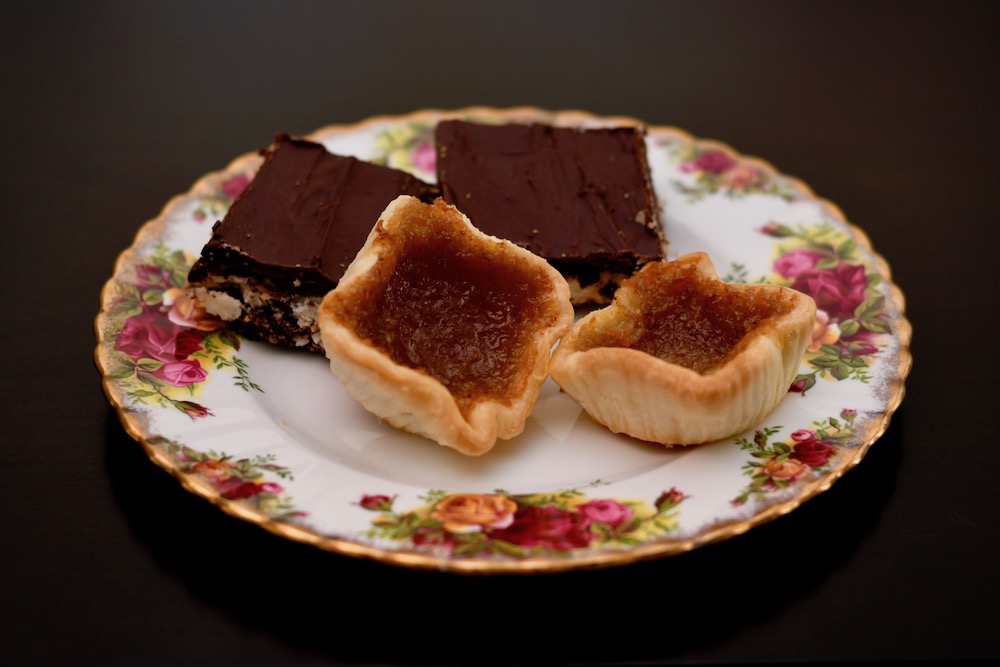
Recipes for two of my favorite Canadian desserts: Nanaimo Bars and Butter Tarts. Read the reason why I blog and how it’s help me overcome loss.
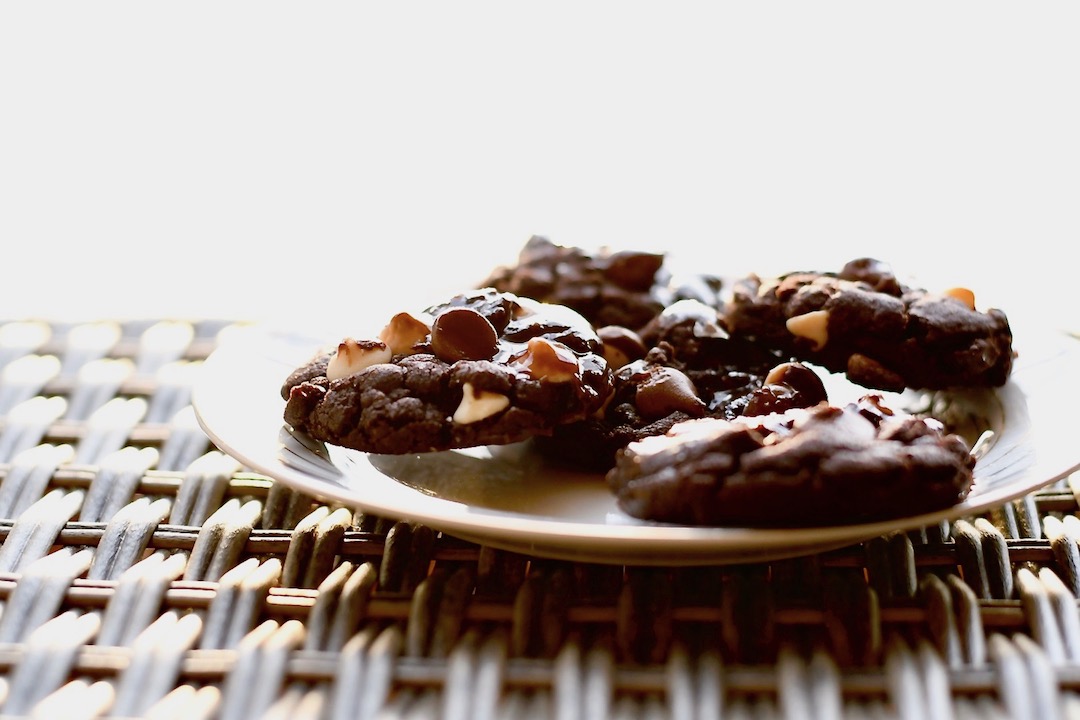
Here we go! Week 7 of the stay-at-home order and I’m thinking about death. How can we not think about it when we read the numbers each day in the news? Keeping…
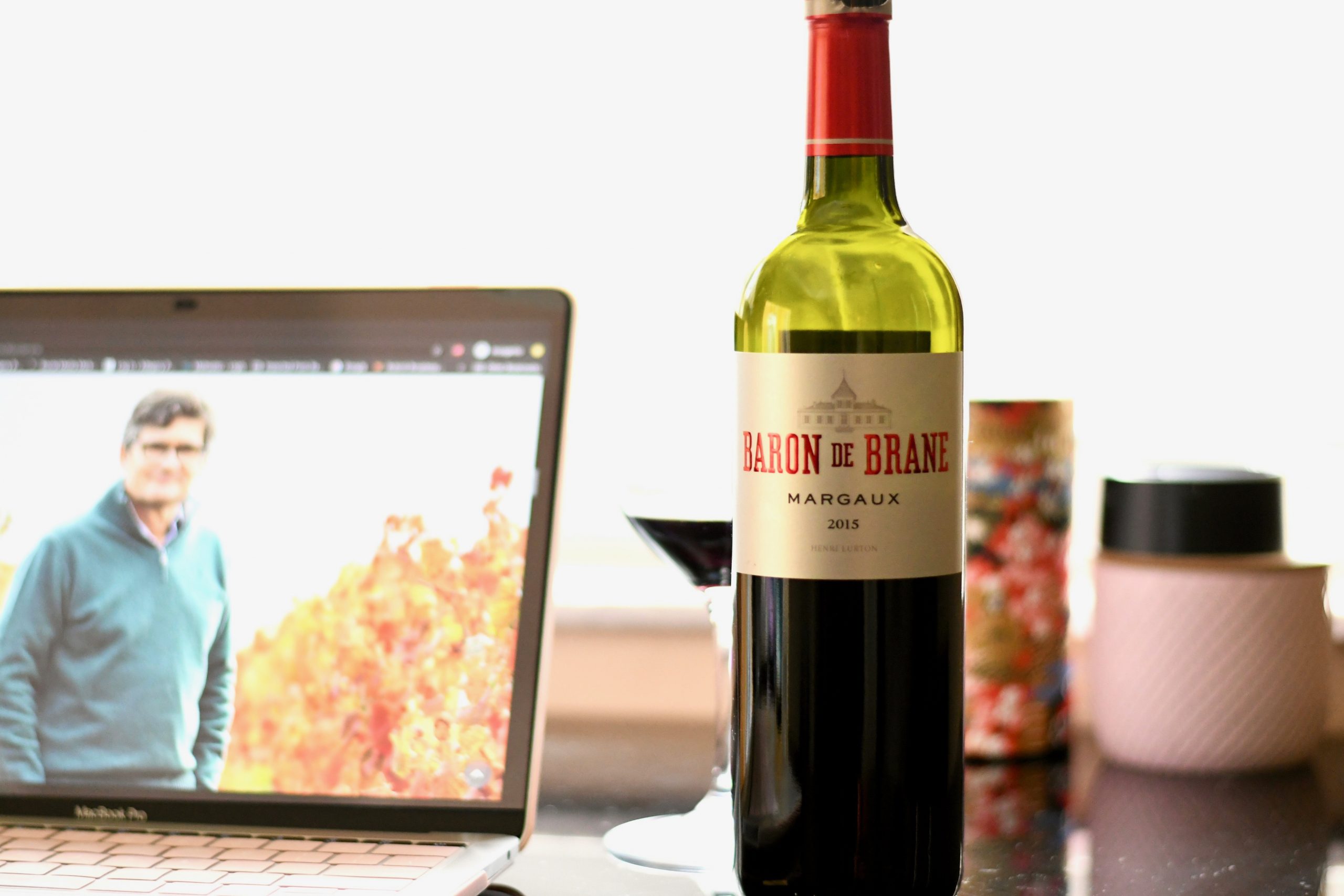
What are wine tasting notes, why are they used and do we really need them? Here’s my take on wine tasting notes.
Some photo highlights of a lunch with Chiara Soldati, owner of La Scolca winery in Piemonte, Italy.